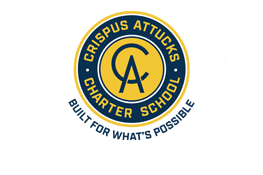The Parent and Family Digital Learning Guide includes guidance and best practices for caregivers around topics including:
1. How to leverage flexibilities and innovations technology and digital tools provide, such as accessibility options, to meet the unique needs of every learner — including students with disabilities and English language learners.
2. Simple steps parents can take to keep their children safe online and foster safe online behavior, such as accessing security features on a child’s device, keeping track of log-in information, and keeping children safe while videoconferencing. The guide also discusses the importance of digital citizenship and offers parents resources to help their child navigate online bullying or encounters with troubling content.
3. How a competency-based learning approach, which measures a student’s knowledge of a subject rather than time spent on the subject, can harness technology for the benefit of students. Digital resources like online assessments, periodic check-ins, and more can update parents on their child’s learning progress, and they can provide instructional flexibility in the event of a school disruption.
4. Easy-to-understand primers on major federal laws governing student privacy and safety, such as FERPA, IDEA, and COPPA.
Access a copy of the Parent and Family Digital Learning Guide.
The Parent and Family Digital Learning Guide was informed by the feedback and contributions of digital learning experts representing researchers, parents, educators, and school leaders, as well as Digital Promise and Learning Heroes. This publication is the first in a series that will ultimately provide digital learning knowledge and resources to educators and school leaders in addition to parents and students.


